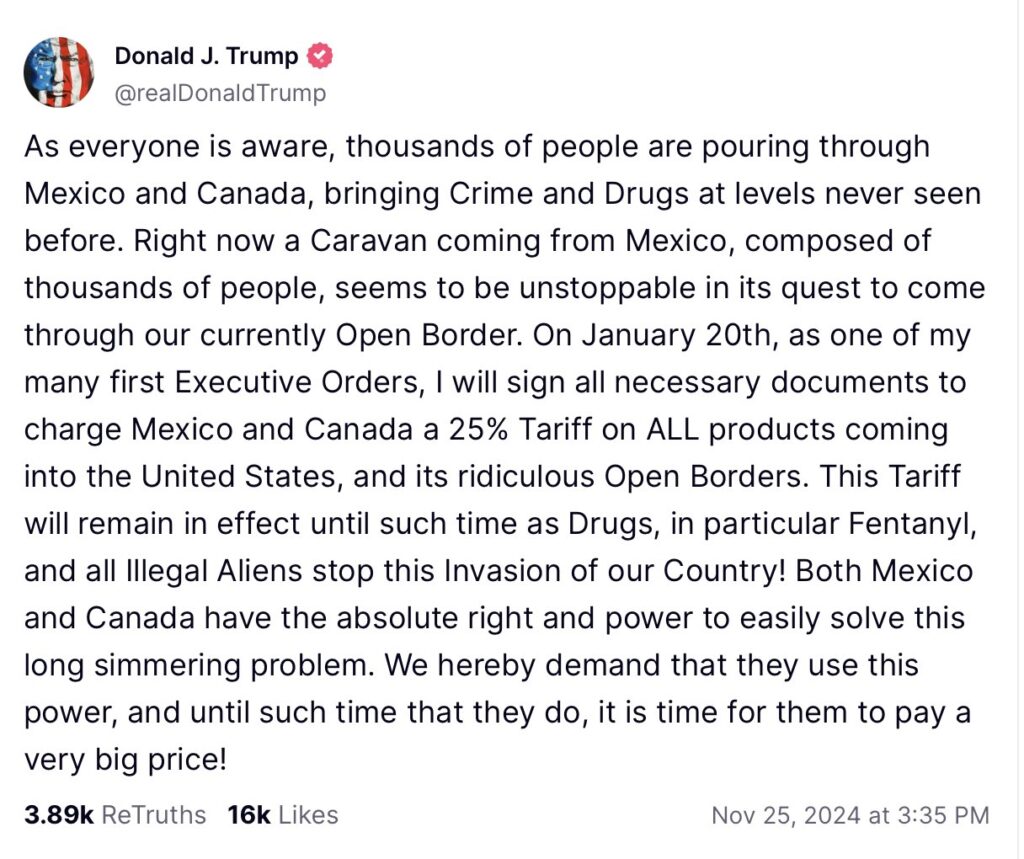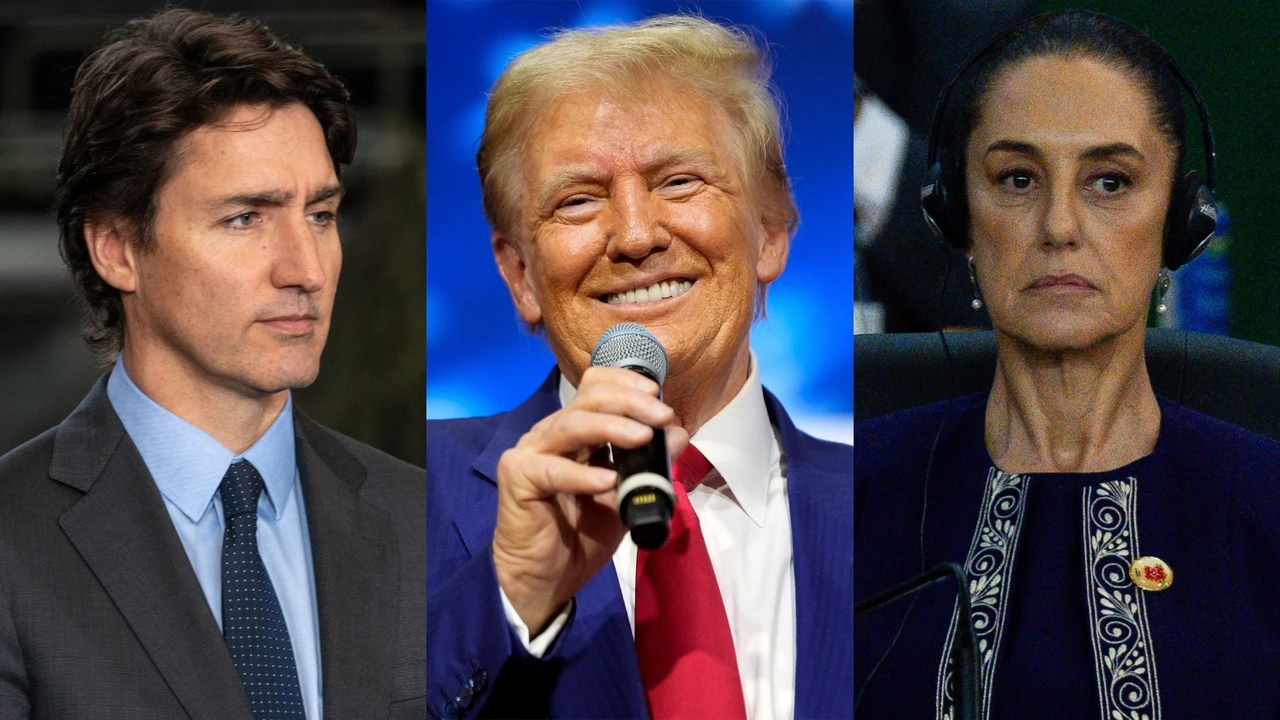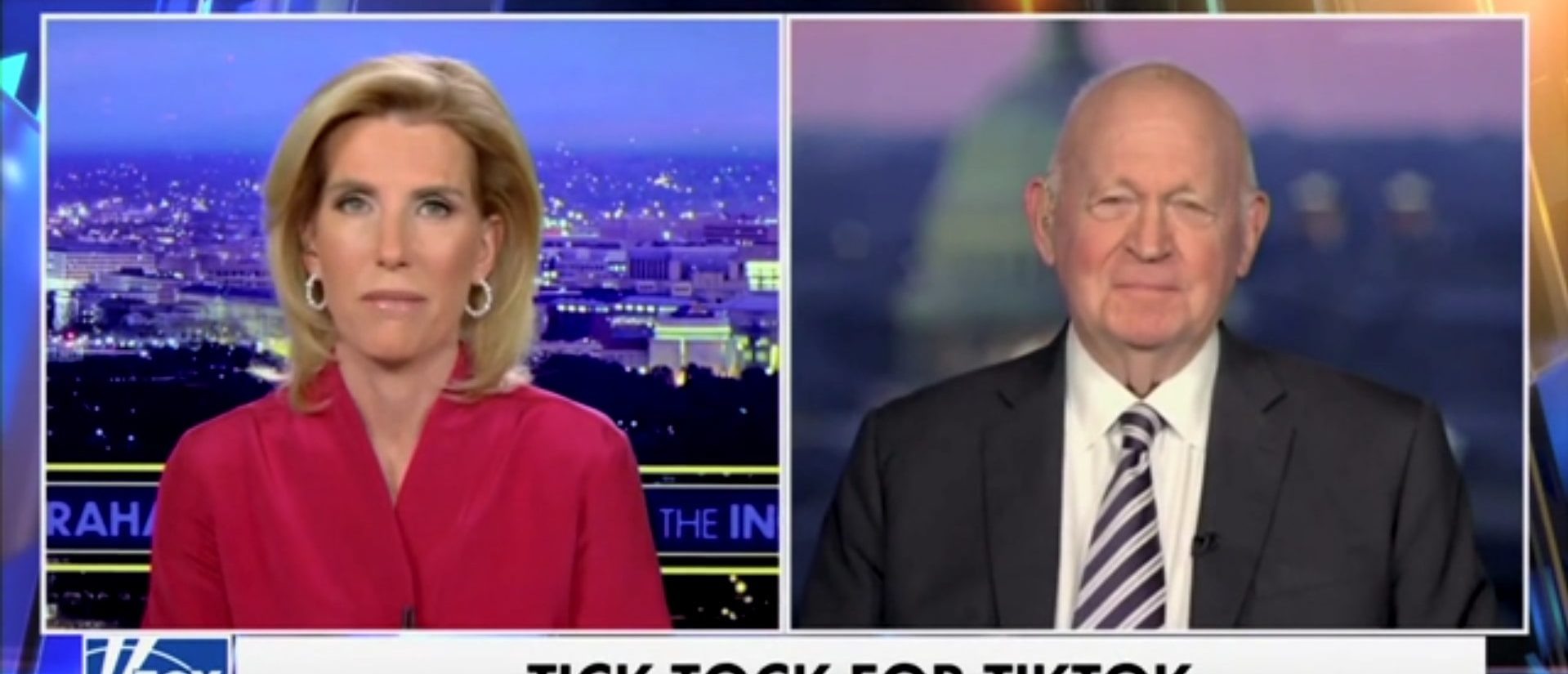Trump Announces Plans for Executive Order to Impose 25% Tariffs on China, Canada, and Mexico
Former President Donald Trump recently declared that he would issue an executive order imposing a 25% tariff on goods from China, Canada, and Mexico once he returns to the White House. The controversial move aims to level the playing field for American manufacturers and workers, according to Trump. The tariffs, which would affect a broad range of goods, would come into effect immediately upon his inauguration, further intensifying the ongoing trade battles these nations are embroiled in with the U.S.

During a speech in New Hampshire, Trump emphasized the need to confront the economic practices of these three countries, accusing them of unfair trade practices that he believes have hurt American industries. He stated that while the tariffs would primarily target China, they would also extend to Canada and Mexico, which Trump claims have not upheld their trade agreements. “China has been abusing us for decades. Canada and Mexico have not played by the rules either,” Trump said, adding that the tariffs would serve as a necessary step toward achieving fairer trade deals for the U.S.
Trump’s commitment to using executive orders to address trade imbalances is consistent with his administration’s approach during his first term. One of his hallmark policies was imposing tariffs on Chinese goods to force Beijing to renegotiate the terms of its trade practices. These tariffs were credited with pushing China to agree to the 2020 Phase One trade deal, although some experts argue that their long-term effectiveness was limited.
Eric Thompson Show Podcast
The Mechanics of Trump’s Tariff Proposal
The proposed 25% tariff would be levied on a wide range of products, from electronics to agricultural goods. According to Trump, these tariffs would provide American companies with an incentive to produce more domestically, potentially reducing the reliance on foreign goods and boosting American manufacturing.
The executive order is expected to apply immediately, and Trump has suggested that the revenue generated from these tariffs could be used to fund infrastructure projects or be allocated to other economic programs benefiting the U.S. However, specifics on how the funds would be used remain unclear. The tariff plan is being framed by Trump as a solution to reduce America’s trade deficit and protect American workers, particularly in industries like steel, aluminum, and automotive manufacturing.
In 2018, Trump’s administration imposed tariffs on steel and aluminum imports from several countries, including China, Canada, and Mexico. This sparked retaliation, with those countries imposing their own tariffs on American products. Trump’s new plan could result in another wave of retaliatory tariffs, a scenario that could strain relations with neighboring allies.
China, Canada, and Mexico Respond to Trump’s Threat
The responses from China, Canada, and Mexico to Trump’s proposal have been mixed. China, already a frequent target of Trump’s trade policies, is likely to push back against the tariffs, just as it did under the previous administration. Chinese officials have indicated that they will take retaliatory actions if Trump proceeds with the tariffs. Both Canada and Mexico have also expressed concern over the proposed tariffs. Canadian Prime Minister Justin Trudeau and Mexican President Andrés Manuel López Obrador have made it clear that they would seek to protect their countries’ economic interests if such tariffs are enacted.
Trump’s rhetoric regarding Canada and Mexico has been a point of contention throughout his political career. The former president has repeatedly accused these countries of taking advantage of the U.S. in trade deals like the North American Free Trade Agreement (NAFTA), which Trump famously renegotiated into the United States-Mexico-Canada Agreement (USMCA) during his first term. While Trump’s administration worked to address what it perceived as trade imbalances in North America, his latest proposals suggest that he believes the USMCA has not gone far enough in protecting American interests.
Impact on U.S. Consumers and Global Trade
While Trump’s tariffs could benefit certain American industries, particularly those involved in manufacturing, critics argue that they could have adverse effects on American consumers. Tariffs generally result in higher prices for imported goods, which can lead to inflationary pressures. For instance, products like electronics, clothing, and furniture could become more expensive for American consumers as a result of the tariffs.
Economic experts have long debated the effectiveness of tariffs as a tool for addressing trade deficits and boosting domestic production. While tariffs can encourage some industries to bring jobs back to the U.S., they also risk escalating trade wars and harming sectors reliant on global supply chains. Both China and Mexico, for example, play vital roles in the production of goods sold in the U.S., and increasing tariffs could disrupt these international supply chains.
Trump’s stance, however, remains firm. He has framed his tariff policy as a necessary step to curb China’s dominance in global trade, reduce U.S. dependence on foreign manufacturing, and create a more level playing field for American workers. His decision to extend the tariffs to Canada and Mexico highlights his ongoing commitment to reshaping U.S. trade policy in a manner that prioritizes American economic interests.
Public Opinion and Support for Trump’s Trade Policies
Trump’s proposal to issue these tariffs has garnered significant support from his base, particularly among voters who feel that the U.S. has been taken advantage of in trade deals over the years. Supporters argue that these tariffs will protect American jobs and reduce the country’s reliance on foreign products, especially in critical sectors like steel and agriculture. Some analysts believe that Trump’s policies, including tariffs, played a key role in the economic growth experienced during his presidency prior to the COVID-19 pandemic.
However, others remain skeptical of the potential economic fallout from such a plan. Concerns about rising costs for American consumers and the risk of retaliation from trading partners have led some to question whether these tariffs are the most effective means of achieving fairer trade terms.



Failure to have independent capability to produce critical war materials is national suicide as Ukraine is finding. Beggars lose their freedom of choice. If they had not given up their nuclear weapon capability it would have saved the lives of hundreds of thousands. How many of us will die because we gave up our capability to produce our own critical drugs in the name of peace through globalism.